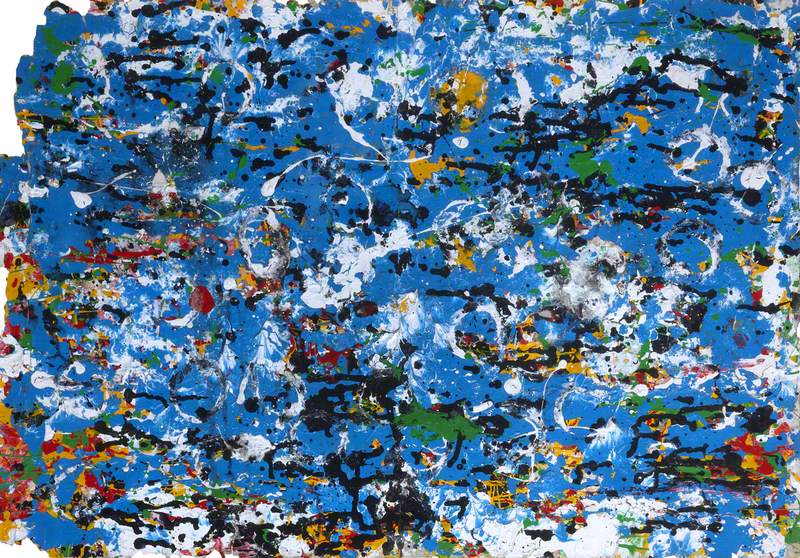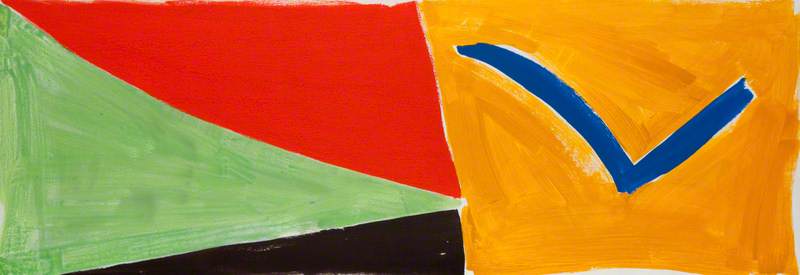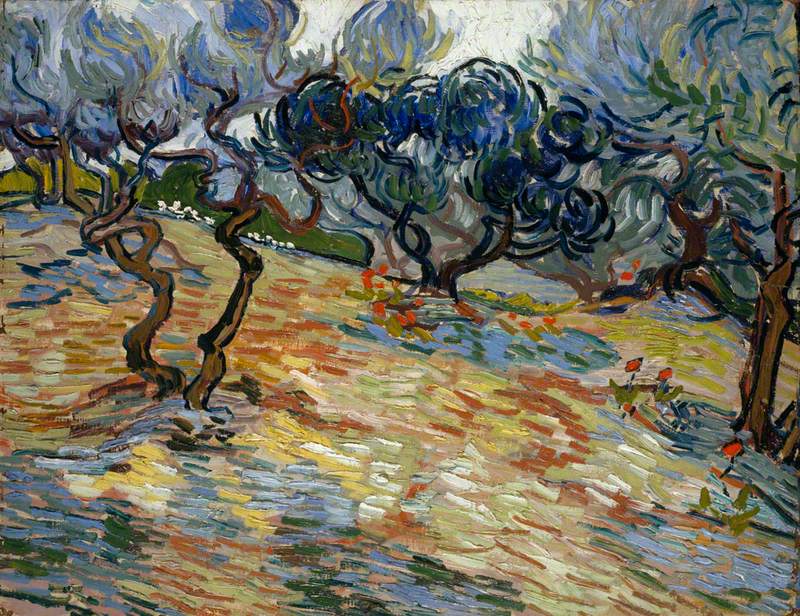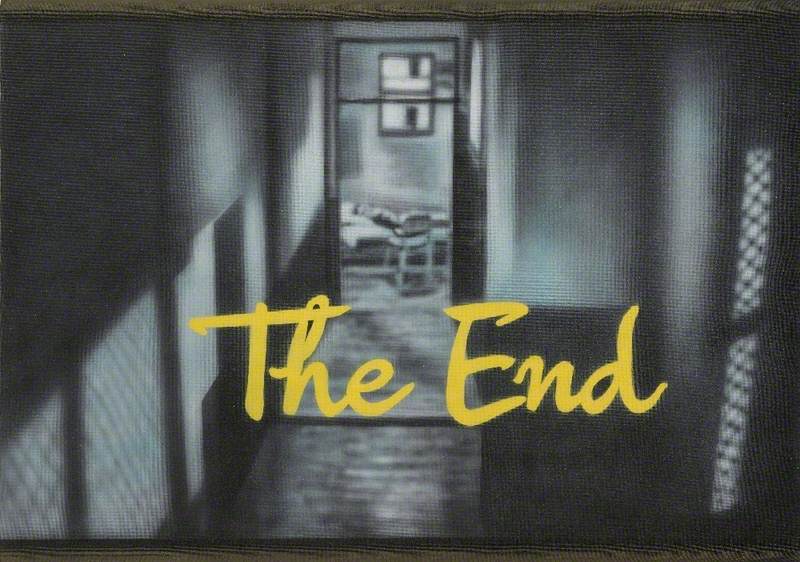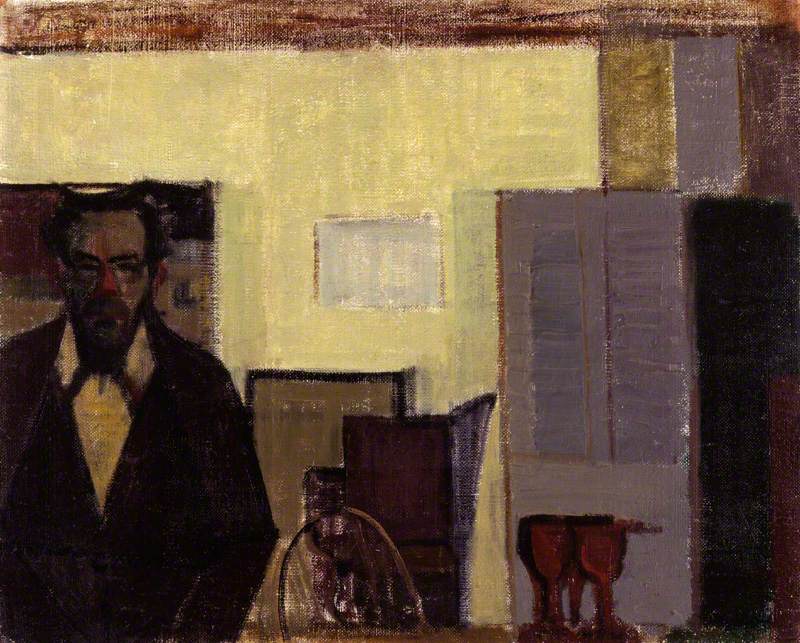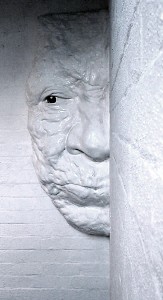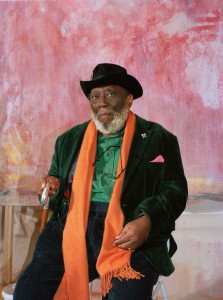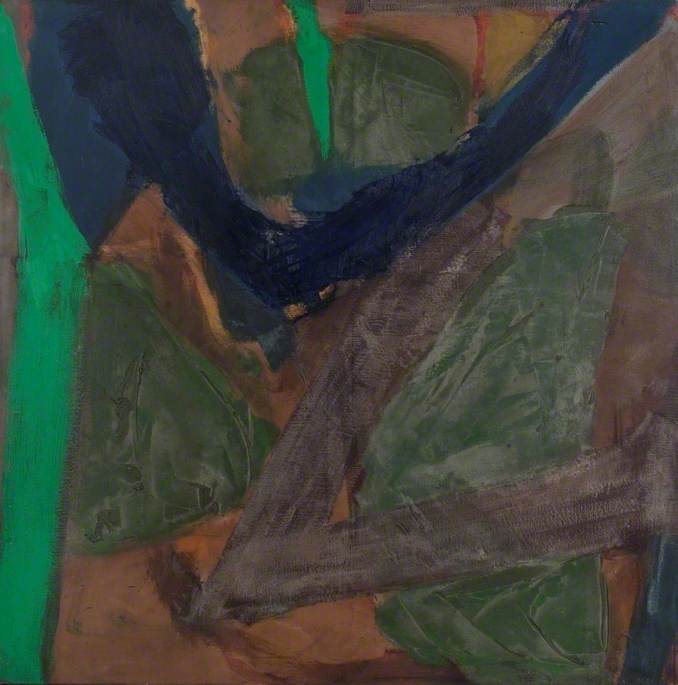Michael Proudfoot introduces his new feature-length documentary on the life and work of artist John McLean.
I can think of nobody, now painting, in Britain, who is so absorbed in the business and the magic of colour.
One thing cameraman Chris Morphet and I quickly learnt about watching John in his studio was that when he started a new painting he never knew what its outcome would be. At one point in the film McLean ponders on the idea of the paintings being 'magicked' into existence, but concludes that if this were the case there would be 'no fun' and therefore probably no point in the venture at all. There is sometimes a misunderstanding about artists and the level of design for an end object: the finished thing. The process or journey, the failure, the blind alleys, the mistakes, are all part of the sweat that makes up the final object, and in a McLean painting this is what we see.
As we watched and filmed John at work we realised that we were witnessing the most private of adventures inside the artist’s studio. Nevertheless, John was happy to reminisce about his childhood in Scotland or some theory about how Monet used or didn’t use white in his paintings, and all the while he would carry on with his own minute decisions in colour and shape. His verbal musings were always entertaining but occasionally the painting in front of him would tug him back to the present consciousness and he would suddenly declare, 'This is speaking to me now' or more commonly, 'Oh s**t!'.
John McLean at work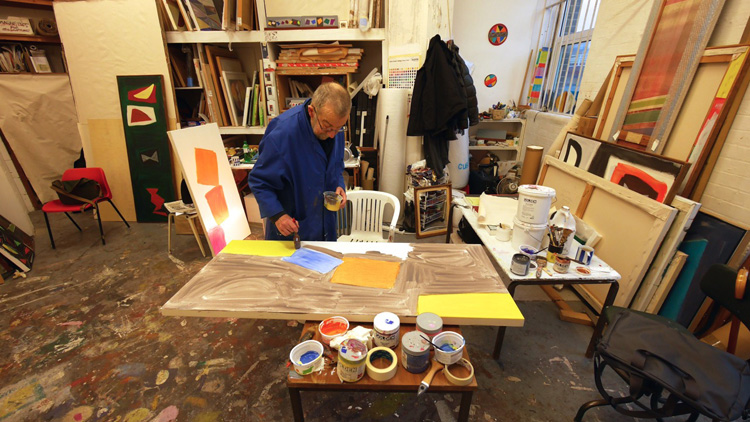
Long after you have hung it and passed it every day, the painting will continue to surprise you, showing you some other tributary in the process of its creation.
When I look at a John McLean painting now, what I see is this multi-layered journey. In the best ones there is always a sense of discovery every time you look at it. Long after you have hung it and passed it every day, the painting will continue to surprise you, showing you some other tributary in the process of its creation. And, the meaning of all this? If there is a meaning, it is as Richard Morphet (ex-Tate) says, 'The very things that surround us: space, shape, colour, time and our relationship as humans to all of these things'. There are other things going on too. More than one person in the film comments of the 'wittiness' of John’s work; he’s laughing at us, or with us – or maybe at 'art'.
Although my company and I have made films for broadcasters and clients of all kinds, it might be worth mentioning that the true 'outcome' of our work is often an unknown too. And maybe all worthwhile creative ventures must have this element of risk (risk is not a popular word in the world of commerce, by the way). We have systems and strategies for protecting our paymasters from disaster and we as documentary-makers have gained a reputation for always producing coherent, high quality work. But this film was different.
In the case of Which Way Up there was no brief, no time slot, no channel.
No constraints of commercial breaks where there is a desire to tell the audience what they have just seen and most remarkably… what they are about to see.
We had a duty to John and to Jan, his wife, to show him as he is but we wanted to show what a painter, like John, does and how he does it. If you watch carefully you can learn something about painting – I mean actually doing it. So, in many ways we felt, in the making of this film, a little bit like a John McLean painting – the film’s outcome would be revealed in the process of its making.
John McLean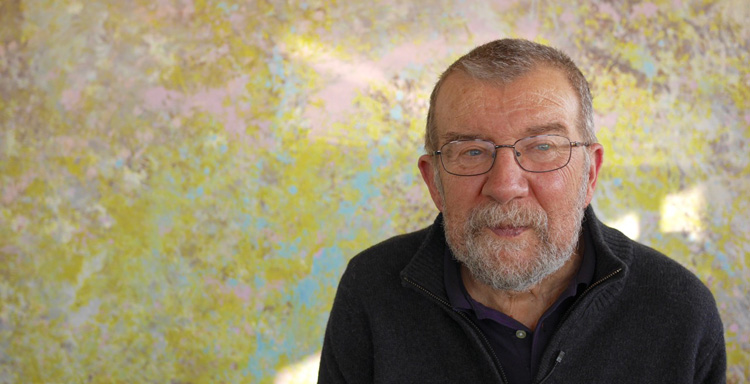
John also has Parkinson’s disease. As the period of our shoot continued his health has deteriorated but his desire to paint and make new work, try new things has not. In recent months two studio assistants and a nurse have helped him down to his studio in Deptford where he has made some remarkable new paintings. As the National Portrait Gallery’s Paul Moorhouse, says 'Art, for John, is like life'.
Michael Proudfoot, Director, Which Way Up with John McLean. The film premieres on 31st May – look out for updates on Proudfoot's Twitter account.
